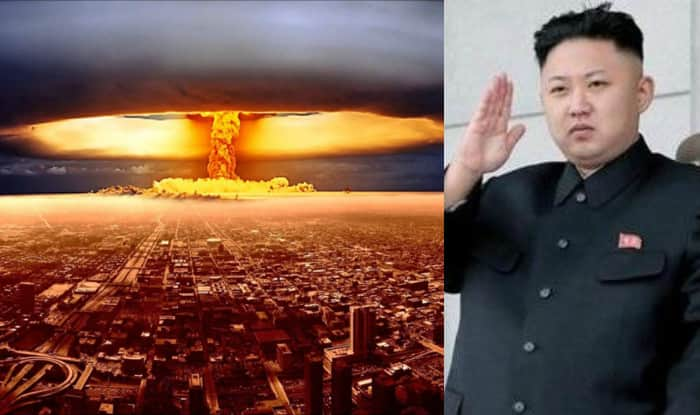
By clicking “Accept All Cookies”, you agree to the storing of cookies on your device to enhance site navigation, analyze site usage, and assist in our marketing efforts Cookies Policy.

January 6: On Wednesday, North Korea announced that it had successfully tested a Hydrogen bomb, setting alarm bells ringing in all quarters of the globe. World leaders from all over the world, have condemned the move. If the news is true, (which it most certainly is) then this is the first time a weapon more destructive and much more potent than the lethal atomic bombs, has been tested on the face of the Earth.
By this we mean, this bomb is capable of causing destruction of a much higher scale than was caused in Hiroshima and Nagasaki. The bombs that were dropped in Japan were atomic bombs, which release enormous amounts of energy, as well as highly radioactive by products. The bomb that N-Korea claims to have tested is one that releases energy which is three to four times the energy released by atomic bombs! Although, there’s hardly any radioactive waste produced in this case, the level of destruction is much higher. Also Read: North Korea says it conducts successful powerful Hydorgen bomb test
Hydrogen bombs are based on the phenomenon of nuclear fusion, which occurs at extremely high temperatures in stars and The Sun. These bombs harness energy created by fusing Hydrogen nuclei together, which makes them much more powerful. Bruce Benett, a defence analyst at RAND Corporation explained in a piece in CNN, “Nuclear weapons based on fission typically have a yield of around 10 kilotons or so, while nuclear weapons employing fusion can have a yield measured in megatons. (A kiloton is 1,000 tons; a megaton is 1,000 kilotons.)”
This amount of energy can devastate whole cities, with a single explosion. This is the fourth atomic test by North Korea, but the first time that it has tested a Hydrogen Bomb. On Tuesday evening, when the bomb was reportedly tested, an earthquake measuring 5.1 was reported from near the test site in North Korea’s Punggye-ri. South Korean, Japanese, and Chinese authorities have testified that this earthquake was in fact man made, and was probably triggered by the nuclear test!
After the bomb was successfully tested, celebrations erupted on the streets of Pyongyang. The country’s media projected the test as a ‘perfect success’ and said that their country is now ready to defend itself against the United States and its other enemies. Now that you know what is in store if North Korea ever has to defend itself, you better pray that it never comes to that. Also, let’s hope we never mess with North Korea!
For breaking news and live news updates, like us on Facebook or follow us on Twitter and Instagram. Read more on Latest Viral News on India.com.